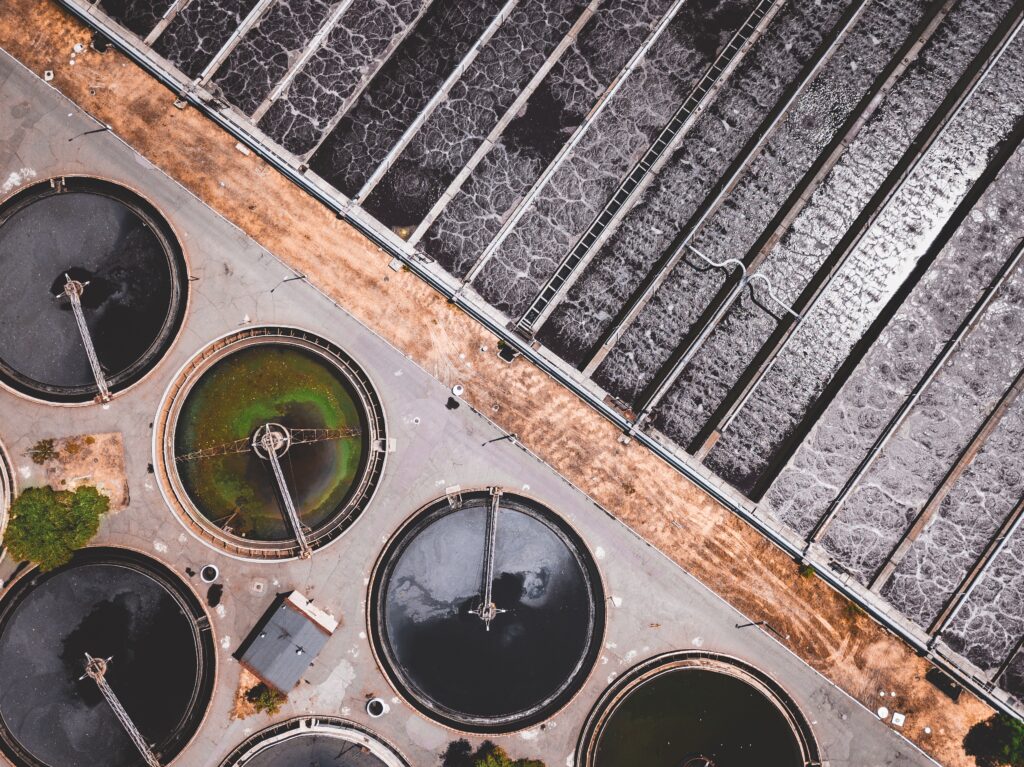When the Bipartisan Infrastructure Bill (BIL) went into effect in 2021, it included the largest funding allocation ever made for water infrastructure – $55 billion for projects to improve access to clean drinking water throughout the United States. The Environmental Protection Agency (EPA) was selected to allocate these funds to state and local governmental entities. However, the BIL also contains billions more for other types of water infrastructure projects as well as the American Rescue Plan Act and Inflation Reduction Act. In 2024, there will likely be more water projects throughout the country than history has ever recorded. That’s a very good thing because water security is critical for the nation’s stability.
In California, San Benito County, Valley Water and the Pacheco Pass Water District are collaborating on a $2.78 billion investment to expand the Pacheco Reservoir located in the Diablo Range, just east of Santa Clara County. Plans to move forward with the expansion were announced after $504 million was approved by the state along with a $92 million loan from the EPA and $10 million from Los Angeles County’s Clean Water Program. This Pacheco Reservoir project will increase the reservoir’s current storage capacity significantly, capture runoff from the nearby watershed and provide storage for imported water supply. The project will provide water security in the event of an earthquake or some other major disaster in the Sacramento-San
The governor of New Mexico announced last week that the state’s Environment Department will issue guidance and seek proposals from companies interested in collaborating to build and operate several brackish water treatment plants. With an advanced market-commitment contracting model, New Mexico has agreed to purchase $500 million of treated brackish and treated produced water from the new plants to build on its strategic water supply. The advanced market-commitment model reduces the risk for private-sector investors and will provide a foundation to move the project sooner. New Mexico has a growing brackish water supply that is stored in aquifers. According to state leaders, the additional available water will be used for clean-energy development through industrial purposes, such as the manufacturing of goods, microchips and the development of hydrogen. With new technology, the water could potentially also be used for drinking water in the future – provided it meets drinking standards. Private-sector contracts will be issued late in 2024.

Erie County Sewer District in Buffalo, New York, is upgrading the Southtowns Advanced Wastewater Treatment Facility. The project carries a cumulative cost estimate of $100 million. Although the first phase has begun, a second phase will launch in 2024, with a planned completion date of 2028. The contractor for Phase 2 will make improvements to the four existing UNOX reactors at the facility. Additionally, the project will include installing new equipment, building a center-fed aerated flow distribution channel, four new circular clarifiers with an integrated central flow distribution box, new piping, a new central return activated sludge (RAS) pump station and two small-capacity pumps.
The city of Alexandria, Virginia, plans to provide flood relief to its residents through a flood-mitigation project that has been tagged with an estimated cost of $50 million. The project will expand the city’s stormwater drainage system. It is currently in the design phase. The project calls for creating relief sewers to minimize flooding and to increase the existing storm sewer system’s capacity. An outflow will also be added to release excess water to Four Mile Run, a long stream near Alexandria. In addition to the project’s primary construction components, green infrastructure will also be incorporated to improve the quality of flows in the regional watershed. Examples of green infrastructure to be implemented range from bioswales, a basin for water flows lined with vegetation, tree box filters and trees planted next to underground concrete boxes designed for drainage.
In Florida, the Pinellas County Utilities Department has announced plans for a wastewater collection improvement project in the Lake Tarpon area. The projected cost will be approximately $20.5 million. Because tourism is the county’s main source of employment, safeguarding local beaches from marine contaminants by updating its antiquated sewage system has become a critical priority. The county will engage in two projects with the objective of protecting groundwater and improving the quality of local natural water systems. Specifically, the project will include design and construction of wastewater pump stations and extending the wastewater collection systems into neighborhoods within the utility department’s service area that are not currently located within the collection system. Phase 1 of the septic-to-sewer project will address the latter issue by constructing additional pipelines and service laterals needed to connect these properties to the county’s wastewater collection system. The design phase should be completed in 2024, and solicitations for construction and other work will also be issued in 2024.
Large water projects can easily create demand for a dozen different types of contracting opportunities. Interested parties are wise to check out water projects wherever their services are offered. Most states are scheduled to launch some type of water project in the coming year.

As President and CEO of Strategic Partnerships, Inc., Mary Scott Nabers has decades of experience working in the public-private sector. A well-recognized expert in the P3 and government contracting fields, she is often asked to share her industry insights with top publications and through professional speaking engagements.
Tags: Clean Water Access, Environmental Protection, Environmental Sustainability, infrastructure development, Infrastructure Funding, Infrastructure Investment, Mary Scott Nabers, Public-Private Partnerships, SPI, Strategic Partnerships Inc., Sustainable Water Management, Water Infrastructure, Water Infrastructure Expansion, Water Project Opportunities, Water Security, Water Supply Improvement, Water System Upgrades, Water Treatment Projects






 RSS Feed
RSS Feed